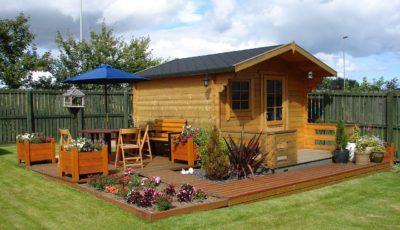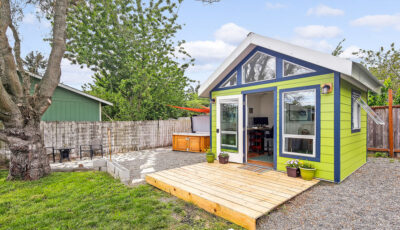How to Improve your Garden House with Cladding
Do you plan to transform the appearance of your garden house? This simple guide will give you all the information you need to know about cladding, its benefits, and the ideal cladding material to use for your structure.
What is the purpose of cladding a garden house?
Cladding is the method of adding an extra covering or layer to the exterior of a structure. This is usually done to insulate, preserve and maintain the wall. A cladded building looks more aesthetically appealing. Several types of cladding materials are available, such as PVC, wood, brick, stone, metal, and glass.
Cladding your garden house is highly advantageous, and it can improve the functionality and durability of the structure. You can clad both the exterior and interior of your garden house.
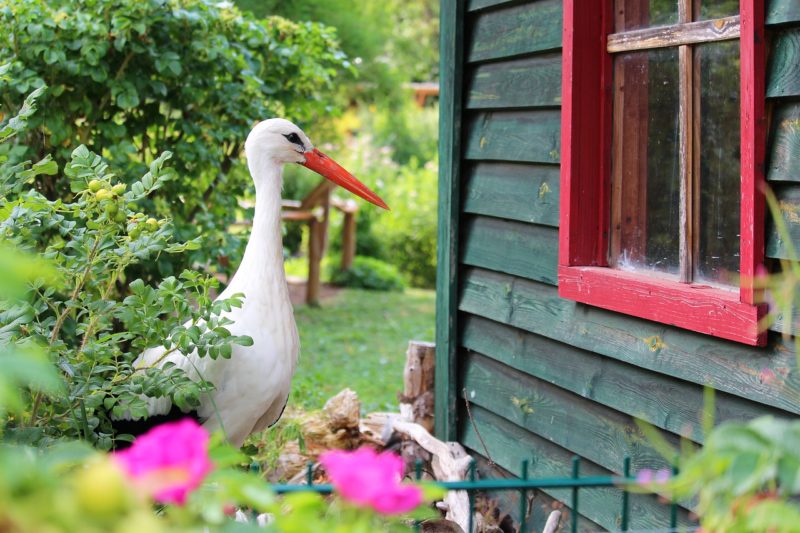
The Advantages of Cladding Your Garden House
In recent times, cladding has become widely used by builders, architects, engineers, and property developers to produce cost-effective and elegant structures. Anyone can transform the appearance of their garden house with cladding.
Here are some unique advantages of cladding:
- Some cladding materials (such as PVC cladding) are eco-friendly and recyclable once they run their course.
- It can improve the attractiveness of your garden house with its appealing texture and colour.
- It enhances the durability of your building.
- Cladding can instil excellent thermal and acoustic insulation features in your garden house.
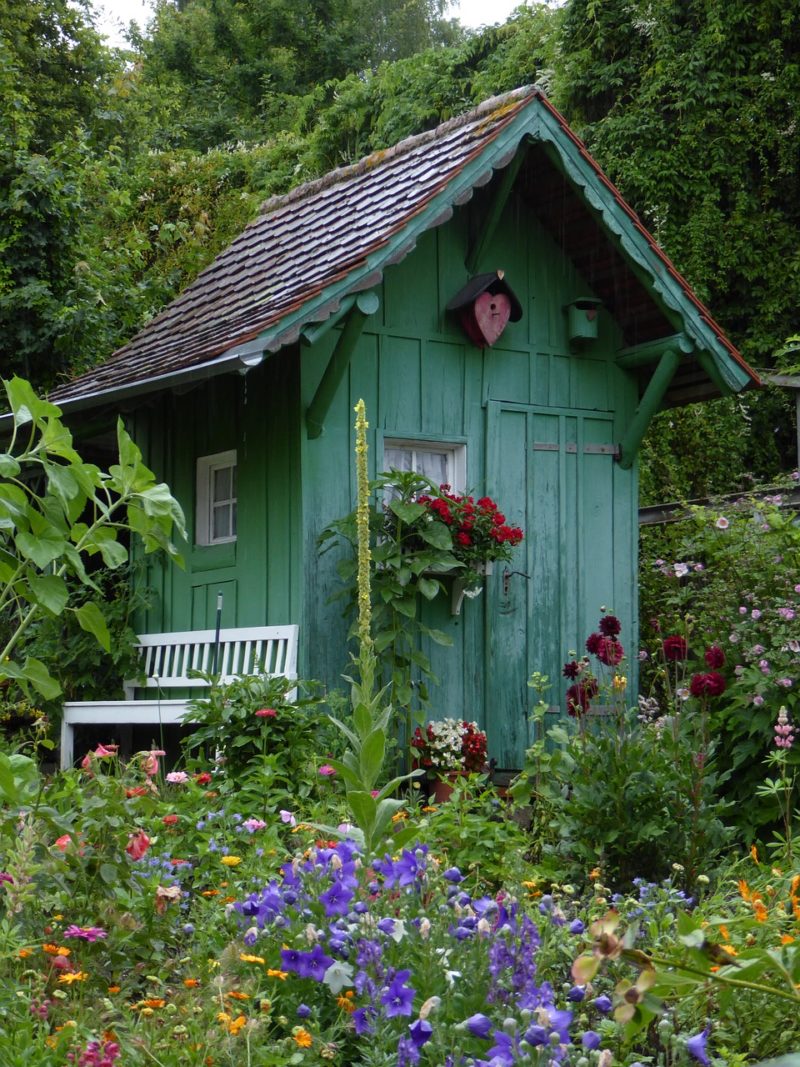
Cladding Material Types
Many property owners’ major concern is how the cladding will impact their garden house exterior and whether it will complement its aesthetics. A criterion for choosing a cladding material is its ability to blend nicely with your surroundings or nearby buildings.
Also, you will need to consider the cost of maintenance of the cladding material you choose, its initial cost, and the cost of installation (especially if you are not going the DIY route).
Here are the two most popular cladding materials you can use for your garden house:
PVC Cladding
PVC Cladding If you are seeking cost-efficient cladding material for your garden house, then PVC should be at the top of your list. However, some high-performance PVCs may cost considerably higher.
PVC cladding is available in a wide variety of colours and designs — coloured, white, and has an appearance that resembles natural timber. It is also made of UV-resistant titanium dioxide, which means that high-performance PVC will last long without the high maintenance.
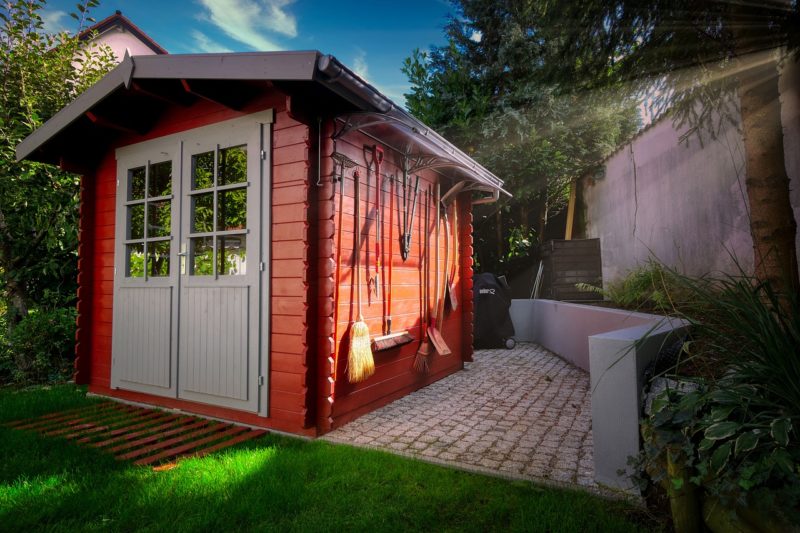
PVC cladding also has a lightweight feature and is easy to install because of its interlocking boards.
PVC cladding usually requires less upkeep than other cladding materials. It is anti-fade and comes with a 20-year warranty.
Wood cladding
Timber cladding has numerous different types, ranging from heat-treated wood to softwood.
A budget-friendly alternative is softwood timber cladding. Pine and spruce are affordable timber options that can sell for as low as £5-8/square metres.
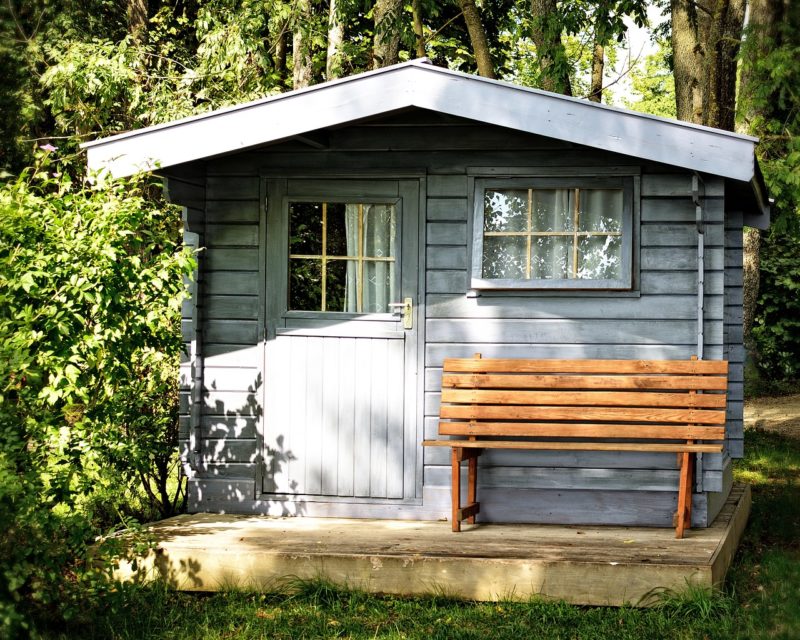
A major challenge is that timbre wood cladding materials are high maintenance. This means you will need to apply preservative chemicals and stain them from time to time to elongate their lifespan. Timber wood cladding (especially if it is made with softwood) can be more expensive in the long run due to its cost-intensive maintenance routine.
Cost of Cladding
The cost of cladding your garden house will vary greatly, depending on the material you choose, your garden house design, who will be handling the installation, and the amount of cladding you need.
Don’t forget that the least expensive option may not always be of superior quality. You will want cladding material that will blend into your home’s aesthetics and provide the best protection from weather or climatic elements. It is the only superior quality material that will do all this while lasting long enough.

Below are some of the estimated costs of cladding materials (excluding labour charges).
- Softwood Cladding: costs around £5/m²
- PVC cladding costs around £31/m².
- Hardwood and treated wood cladding cost between £40 and £45 per m².
- Stone cladding costs around £60 per square metre.

